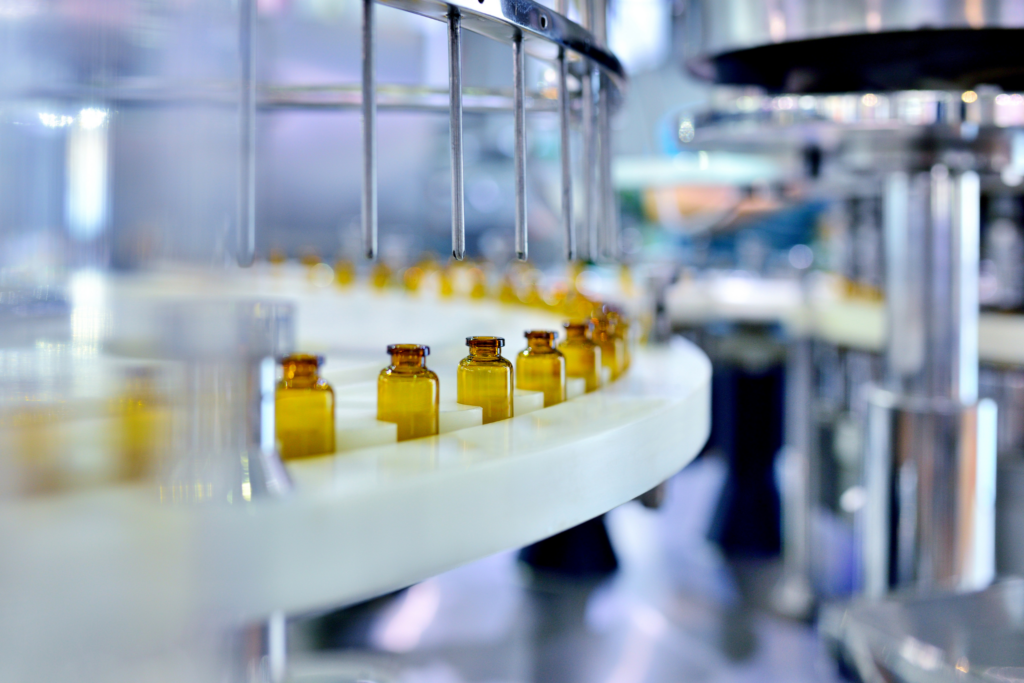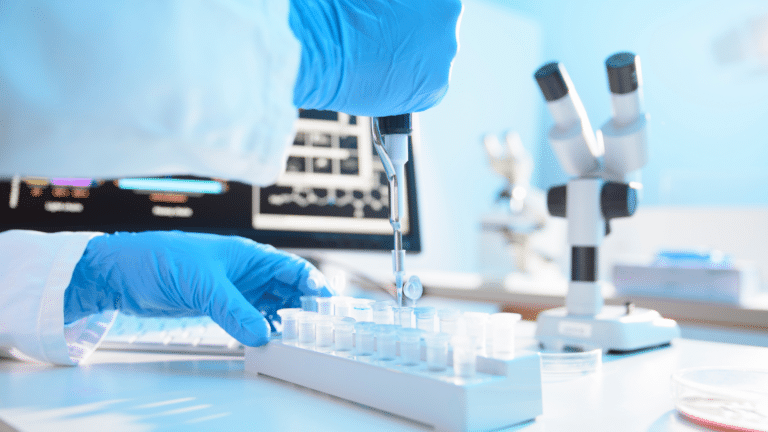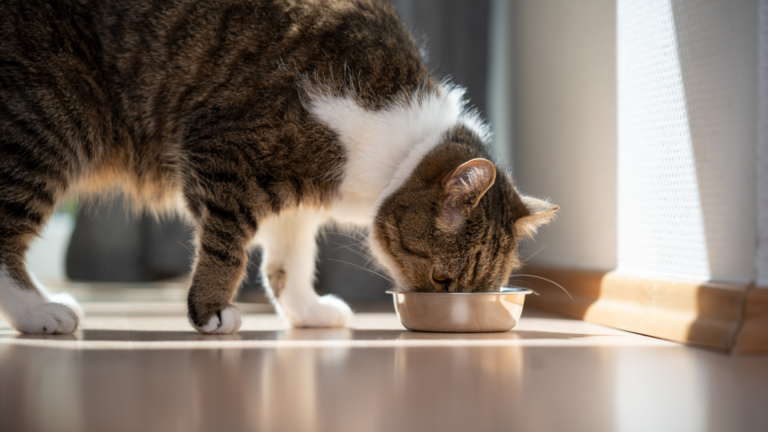Ready to optimize your product’s sterilization? Contact us today for a complimentary evaluation. Our sterilization expertise ensures consistent processing tailored to your needs. Let’s find the ideal configuration for your product!
As the primary application of electron beam (E-Beam) technology is typically medical device sterilization, we occasionally get questions about the applicability of E-Beam for other use cases and industries.
The great news: E-Beam processing is a versatile technology that can be used to sterilize and modify a wide range of materials. It is a non-thermal process, which means that it does not generate significant heat, making it ideal for use with sensitive materials. E-Beam processing is also a very rapid and efficient process, with short processing times and high throughput.
Importantly, E-Beam is a sustainable process which does not require or produce any dangerous toxic chemicals (like Ethylene Oxide) or radioactive materials (such as Gamma radiation).
Industries Served
While E-Beam processing is often associated with the medical device industry, it can also be useful for non-medical device manufacturers. For example, E-Beam can be used to sterilize or reduce the bioburden of products in the following industries:
- Food & Consumer
- Pharmaceutical & Bioprocessing
- Laboratory supply
- Packaging
- Pet Food & Treat Safety
All of these industries have decades of experience utilizing E-Beam, and in many cases, academic research exists for common industry-specific applications.
E-Beam can also be used to modify materials in these and other industries. We generally refer to these as “Advanced Applications.” Other terms such as “Industrial Applications” are also used.
Food and Consumer Product Applications
E-Beam has many bioburden reduction use cases across food and consumer products:
- Food ingredient microbial reduction (e.g. spices, dehydrated ingredients)
- Cosmetic ingredient or final product microbial reduction
- Nutraceutical & Dietary supplement microbial reduction / mold mitigation
- Veterinary applications – e.g. pet food & pet treat bioburden reduction
- Phytosanitary – using radiation to remove pathogens on plant products
In general, NextBeam recommends using a medical device-grade ISO approach to quantifying microbial load and developing a sterilization regimen to reduce this load below acceptable levels. Unlike medical device applications, however, true sterility with exceptional strict tolerances are not commonly necessary.
Pharma & Bioprocessing
E-beam can be used for pharmaceutical and bioprocessing product applications such as:
- Pharmaceutical manufacturing consumables
- Prescription products: pharmaceuticals, ointments, and solutions
- Cleanroom garments and supplies
- Excipients
- Bulk raw materials such as talc, vegetable fibers and coloring agents
- Desiccants
- Disposables and Single-Use Systems (SUS) for bioprocessing
Typically speaking for these applications, the ISO standard for medical device sterilization is applied, and actual sterility (< 1 contaminant per million devices) is the requirement for successful processing.
Laboratory Supply
Applications abound here, especially for single-use laboratory products:
- Feed / bedding / supplies for sensitive laboratory animals
- Growth media / petri dishes
- Pipettes / test tubes
- Swabs
- Labware
- Cleanroom garments and supplies
Depending on the product and need, NextBeam can help design and execute either bioburden reduction or full sterilization processes.
Packaging
Last but most certainly not least, Packaging applications are critical and can include:
- Entire containers
- Sterile / near-sterile liners and films
- Caps, closures, and other elements
Packaging sterilization and pathogen reduction also crosses many other industries, such as:
- Food
- Cosmetics & Personal Care
- Pharmaceutical
- Laboratory
Modern packaging suppliers can easily provide radiation-compatible materials for these sorts of packaging applications.
Advanced Applications
Material modification using specific radiation dosages is a well-understood technique. Depending on the product and use case, E-Beam material modification can deliver the following outcomes:
- Improved surface properties
- Improved strength and durability via polymer crosslinking
- Curing of inks and coatings
- Grafting of polymers to materials to improve their functionality
These applications span multiple industries, such as medical device, semiconductor, wire manufacturing, composites, and more. They live up to their name: the processes can be quite advanced in their requirements: they are typically extremely product and material specific and often require other non-E-Beam processes, such as careful thermal treatment, to complete. NextBeam is familiar with and capable of helping to design and execute these processes at scale.
Learning More
E-Beam processing is a versatile technology that can be useful for a variety of industries, including non-medical device manufacturing. It is an effective, efficient, and safe way to both sterilize and modify materials.
If you are considering using E-Beam processing, it is important to consult with an expert E-Beam service provider like NextBeam. We are always happy to help our customers create efficient and effective solutions for their business needs.
Additional Articles We Think You Might Like
Have a question? Speak with a sterilization expert today, at your own convenience.





